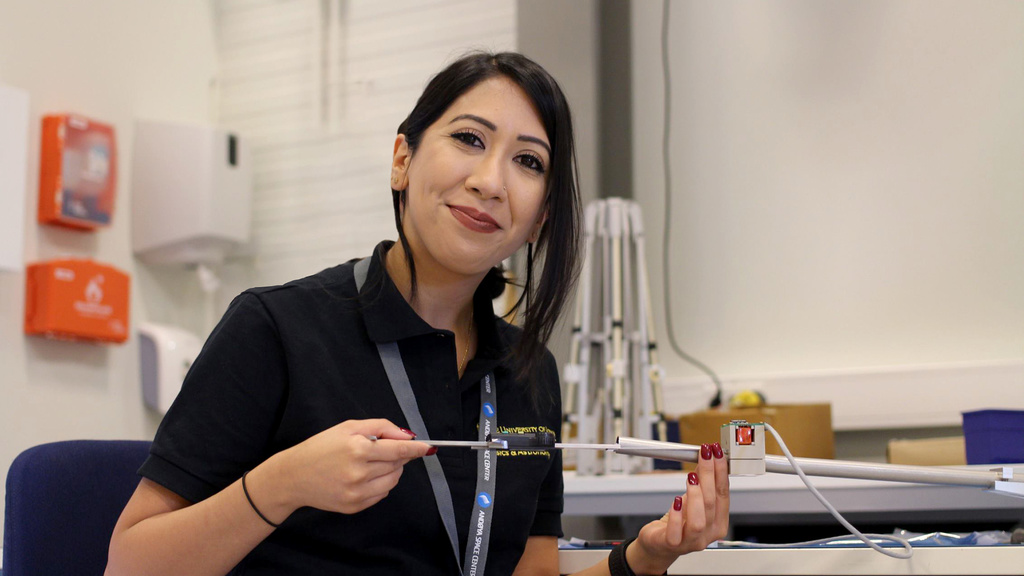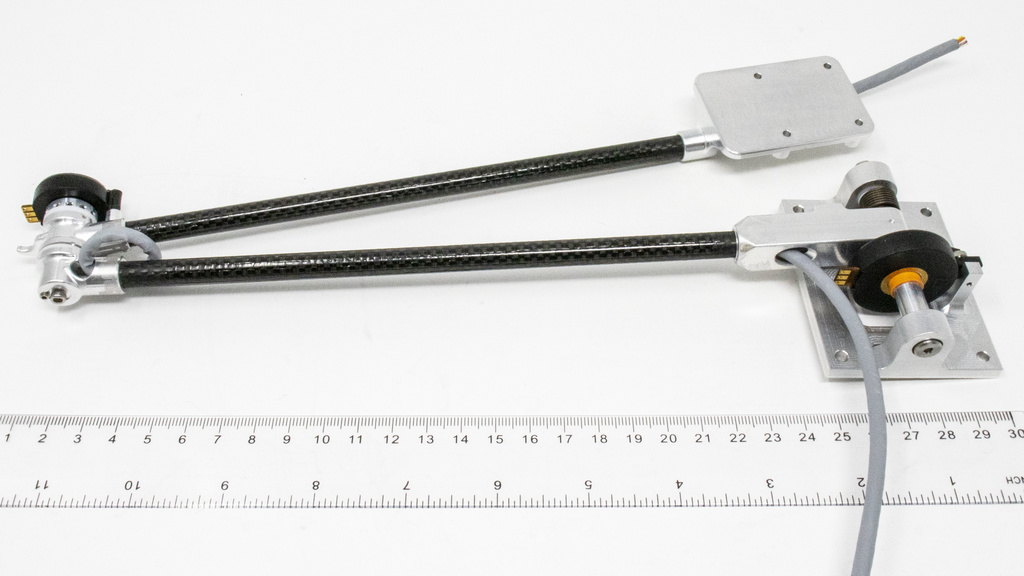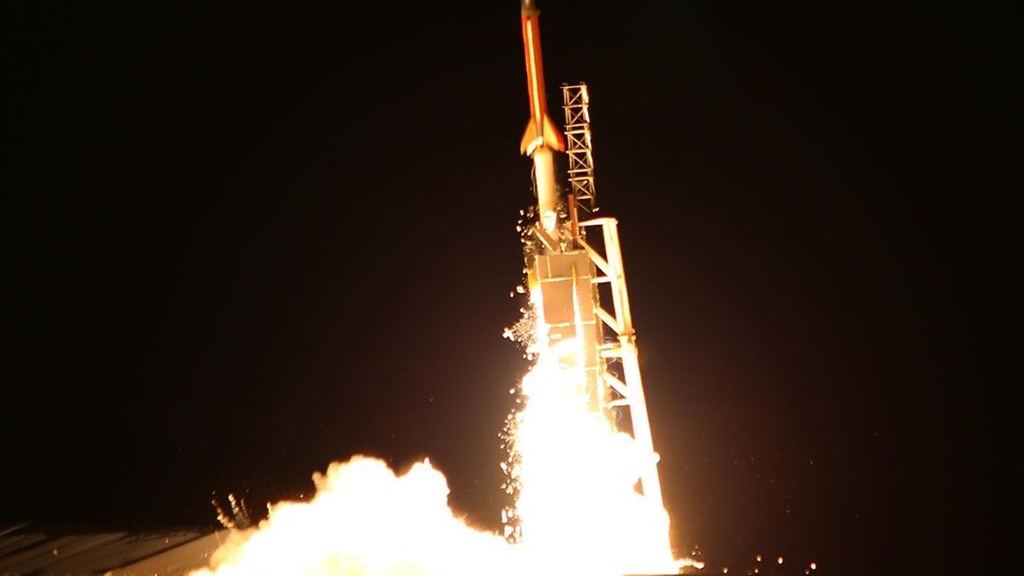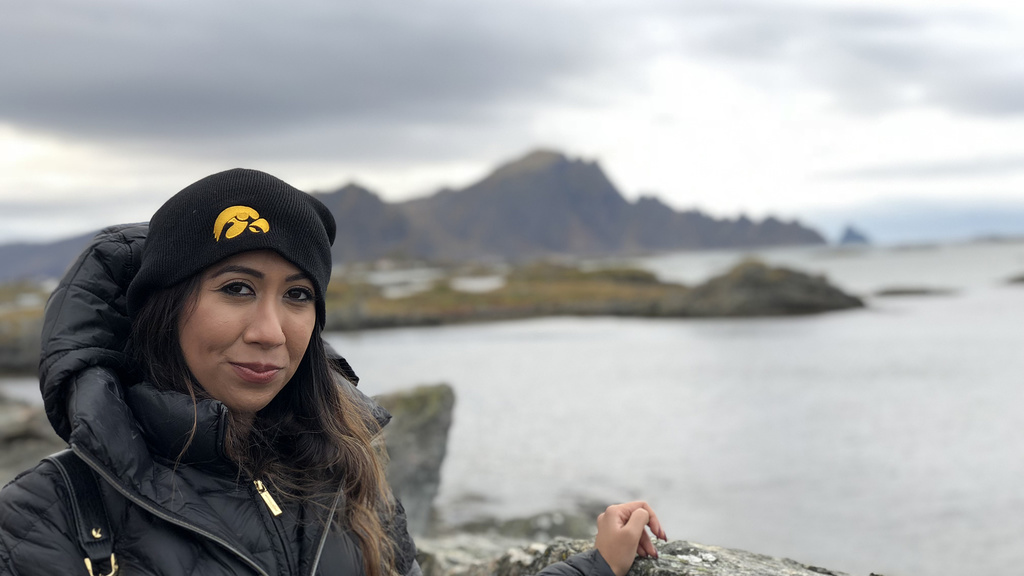News
What's Happening in the Miles Lab
Miles Named PI of TRACERS Mission
Monday, September 25, 2023
Associate Professor David Miles was named Principal Investigator of the Tandem Reconnection and Cusp Electrodynamics Reconnaissance Satellites (TRACERS) Mission following the passing of Prof. Craig Kletzing in August 2023.

Bounds Is PI for ACES II Mission Launched from Andøya Space
Tuesday, February 7, 2023
Assistant Research Scientist Scott Bounds is serving as the principal investigator for the Aurora Current and Electrodynamics Structures II (ACES II) mission, which launched rockets from Andøya Space in Norway on Nov. 20, 2022. The NASA-funded project measured the global electric circuit underlying the Northern Lights.
Rockets to Uncover Electric Circuit That Powers the Northern Lights
Monday, November 21, 2022
A NASA-funded rocket mission is headed to space to measure the global electric circuit underlying the northern lights. The two Aurora Current and Electrodynamics Structures II experimental rockets were launched on Nov. 20, 2022 at 6:20:00 p.m. and 6:21:40 p.m. from Andøya Space in Norway.
Scientists earn funding to build miniature magnetometer
Thursday, May 6, 2021
Scientists at the University of Iowa have been awarded funding to create a magnetic field instrument small enough to be outfitted on mini satellites that would be launched into space.

Sherwani lands on Forbes list of celebrated young innovators
Sunday, December 13, 2020
It’s been a whirlwind 12 months since Suman Sherwani graduated from Iowa. She’s working on NASA-funded rocket and satellite missions in the UI Department of Physics and Astronomy, and is featured on Forbes’ “30 Under 30” list for science.

Physicists win NASA funding to build special apparatus for magnetic field sensors
Thursday, October 15, 2020
David Miles, assistant professor in the Department of Physics and Astronomy, has been awarded $199,999 from NASA to design and build a special mast that can carry magnetic field instruments outfitted for miniature space satellites.
TRACERS mission funded by $115 million grant from NASA takes next step
Thursday, June 25, 2020
UI Physics and Astronomy Assistant Professor David Miles is developing a new magnetic-field instrument called MAGnetometers for Innovation and Capability (MAGIC). Miles said MAGIC will be a supplement, or an add-on, to the Tandem Reconnection and Cusp Electrodynamics Reconnaissance Satellites (TRACERS) mission, which will strive to answer questions regarding space weather.
NASA-Iowa TRACERS project moves into next phase
Tuesday, June 2, 2020
A $115 million space mission awarded by NASA to the University of Iowa can now proceed in earnest. Called TRACERS, it will study interactions between the sun’s and Earth’s magnetic fields. NASA also approved an extra $7.6 million for a magnetic field instrument to be designed and built at Iowa,
Called MAGnetometers for Innovation and Capability (MAGIC), the instrument is intended to demonstrate that Iowa can reliably manufacture a new magnetic-field instrument that meets NASA’s exacting standards.

ICI-5 Launch
Wednesday, December 4, 2019
Video of the ICI-5 launch taken from the harbor by one of the University of Iowa scientists Suranga Ruhunusiri

A career path changes trajectory
Sunday, December 1, 2019
Suman Sherwani is well on her way to becoming a rocket scientist. The December graduate is staying at University of Iowa to work as a design engineer on NASA-funded rocket and satellite missions in the Department of Physics and Astronomy.
Pagination